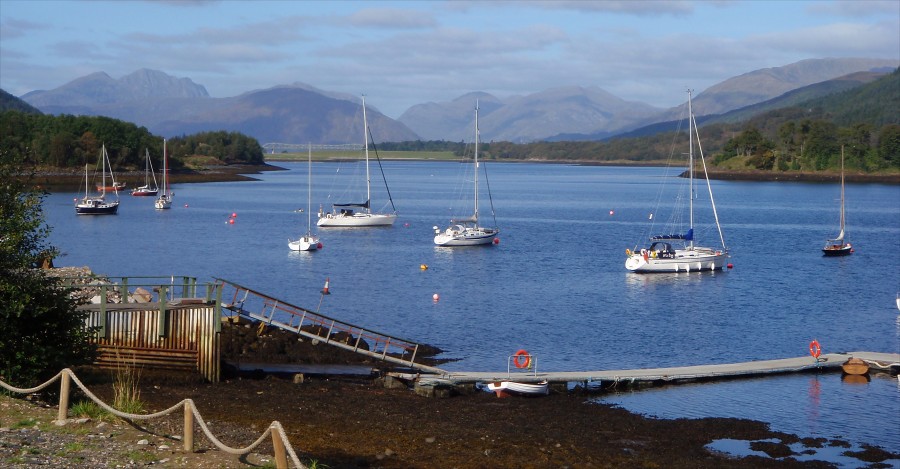This Checklist and Atlas is designed to display the geographical distribution of marine Mollusca around west Scotland. Records from the very first in the 18th century to the present have been incorporated; those prior to 1950 and those of dead shells only are kept separate. 1950 is now considered rather early for making comparisons between old and newer records, but as this work was commenced in 1979, the data from many literature searches were entered on computer but directly onto manuscript maps, and it is too mammoth a task now to re-do this research. There are few records for the period between 1950 and 1970; therefore for practical purposes records noted as being post-1950 can be regarded as post-1970.
Changes between 1950 (or 1970) and the present are not easily recognisable due to the patchiness (especially through time) of recording effort, but the maps set out here may well be a baseline for the appraisal of future change, especially in relation to global warming and increase in human numbers and aspirations on our already overcrowded island. It has been noticed that for the west of Scotland there do not seem to have been so far, except in very local areas, any serious deleterious changes of populations of molluscs. Major changes for the worse seem to be due to natural processes, and in subsequent years return to good diversity has occurred. In recent years, i.e. post-1990, work by professional agencies has largely concentrated on the habitat and environment, not on the species found therein. Thus their work may well suggest, for no reason, fewer species present. Our own work, on the other hand, has maintained previous standards, and does show that diversity has not altered significantly.
A narrative for each species gives recording effort, any pertinent comments, and notes on habitat, feeding, etc., where known. The bibliography extends to about 600 entries. Literature search has been extensive and it is hoped more or less exhaustive. We would be pleased to hear of any additions and corrections. All publications have been gleaned for information, the quality of the data assessed and the precise reference checked where possible, making in a few cases minor corrections from previous references to the same work. Back-checking to the source record has eliminated some much-quoted errors. While some sources are impeccable, many, especially older records, are imprecise as to locality and cannot be plotted on the maps.

Copyright © Shelagh Smith & Julia Nunn
